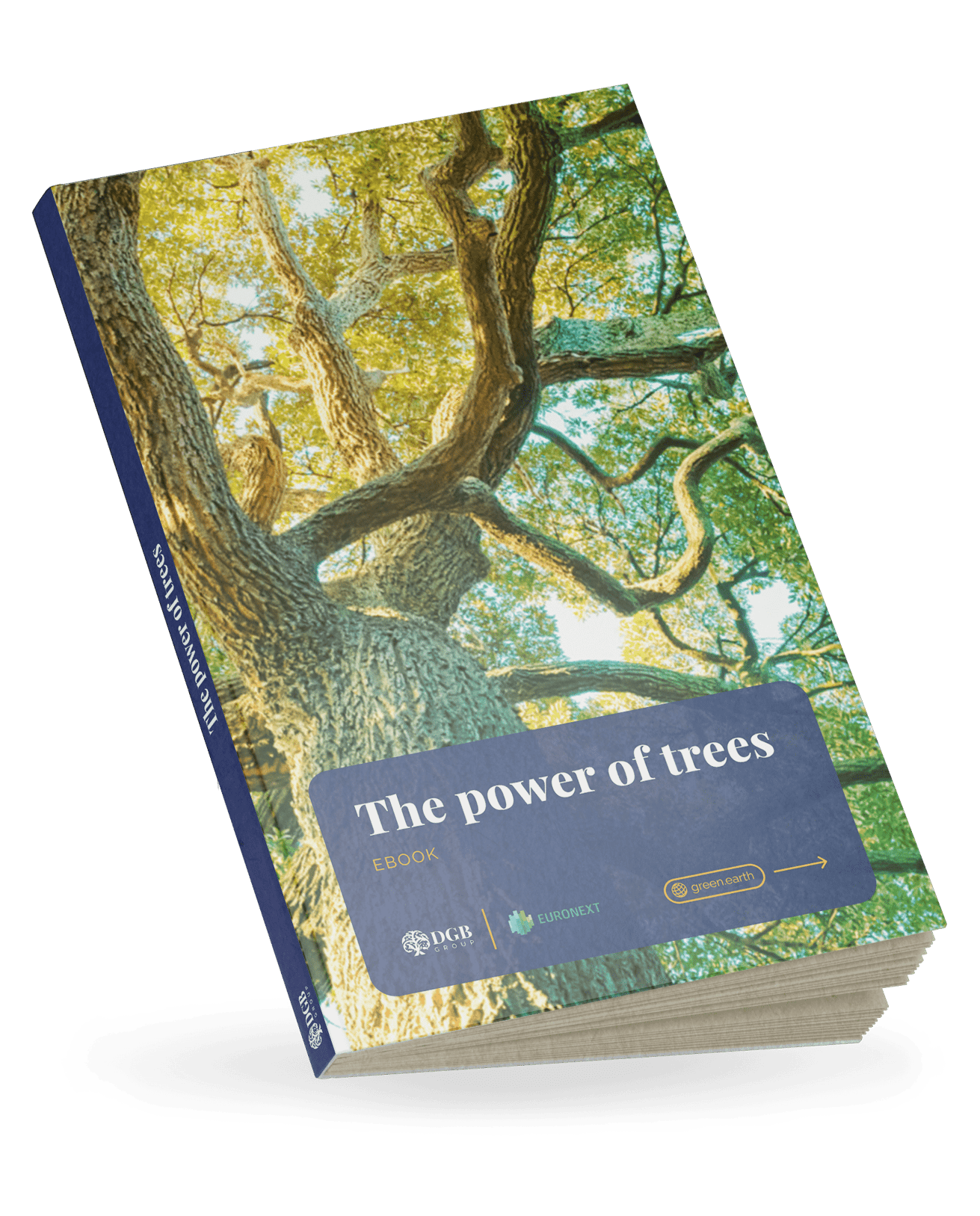Microsoft has significantly expanded its carbon removal portfolio in 2024, making waves with a trio of deals that together represent one of the largest commitments to engineered carbon removal to date. These agreements, spanning reforestation, bioenergy with carbon capture and storage (BECCS), and industrial carbon capture, are designed to help the tech giant meet its goal of becoming carbon negative by 2030.
 Landscape shot capturing a reforestation initiative in the Appalachian region, with local people planting trees and using a drone to collect data. AI generated picture.
Landscape shot capturing a reforestation initiative in the Appalachian region, with local people planting trees and using a drone to collect data. AI generated picture.
A new chapter in carbon removal
At the heart of Microsoft’s latest carbon strategy lies a 12-year agreement with CO280, a carbon removal firm focused on retrofitting US pulp and paper mills. This partnership will see the capture and permanent storage of 3.7 million metric tonnes of carbon dioxide (CO₂) from biogenic and industrial emissions using infrastructure already in place.
CO280’s project, located on the US Gulf Coast, integrates carbon capture technology into existing recovery boilers at paper mills. These boilers emit CO₂ during the recycling of chemicals used in paper production. By capturing the gas before it escapes and storing it underground, CO280 is transforming conventional industrial processes into green solutions. The collaboration relies on SLB Capturi, a joint venture between SLB and Aker Carbon Capture, to deliver the amine-based capture technology.
CO280 highlighted the importance of ‘long-term offtake CDR revenue agreements with CDR customers like Microsoft and other buyers’ to ensure the financial sustainability of its projects.
Read more: From the ground up to space: seeing DGB’s impact in Uganda
Breaking barriers with BECCS
In a separate agreement, Microsoft signed a record 15-year, $800 million deal with AtmosClear, a portfolio company of Fidelis, to remove 6.75 million metric tonnes of CO₂ using bioenergy with carbon capture and storage (BECCS) technology. This method combines energy generation from biomass—such as sugarcane waste and forest trimmings—with carbon capture and underground storage. This agreement set a new record for carbon compensation using BECCS.
AtmosClear’s facility in Baton Rouge, Louisiana, set to begin construction in 2026 and operations by 2029, is poised to become one of the largest BECCS installations in the US. The plant will not only reduce atmospheric carbon but also create hundreds of jobs, supporting local economies affected by mill closures.
‘This contract with Microsoft marks a transformative moment for the high-quality, engineered carbon removal market’, said Daniel J. Shapiro, CEO of Fidelis.
Read more: Report finds 84% of companies maintain or boost their green targets
Nature meets technology in reforestation
Microsoft’s third major move comes via a multi-year agreement with Living Carbon, a biotechnology company deploying enhanced reforestation on 25,000 acres of degraded Appalachian land. The company aims to deliver over 1.4 million carbon dioxide removal (CDR) credits under the guidance of Isometric’s newly established Reforestation Protocol.
Living Carbon uses trees genetically modified to enhance photosynthesis, like a hybrid poplar capable of capturing 27% more CO₂. The protocol emphasises rigorous digital monitoring and lifecycle assessments to ensure integrity and transparency.
‘In addition to delivering measurable and highly additional carbon removal, Living Carbon’s restoration activities also produce a range of co-benefits, including improved soil and water health, enhanced biodiversity, and new economic development opportunities in rural communities’, said Brian Marrs, Microsoft’s Senior Director of Energy & Carbon Removal.
Read more: Greening the blueprint: Microsoft's 2030 carbon negativity roadmap
The bigger picture
These deals, totalling over 11.8 million metric tonnes of CO₂ removal, position Microsoft as the global leader in carbon removal credit procurement in 2024. The company’s strategy reflects a broader shift: from simple offsets to durable, science-backed carbon removal technologies.
With global estimates suggesting that 10 billion metric tonnes of CO₂ must be removed annually by 2050 to meet environmental goals, Microsoft’s investments could catalyse progress across multiple sectors. From pulp mills to biotech forests, the race to scale carbon removal is well underway.
Read more: DGB Group’s Hongera cookstoves: transforming homes, health, and habitats
Carbon removal at scale is no longer a future ambition. It’s happening now, driven by global players and urgent environmental goals. At DGB Group, we specialise in large-scale nature-based solutions that do more than offset emissions—they restore biodiversity, uplift communities, and protect the ecosystems that sustain life. As global demand for environmental accountability increases, this is your opportunity to align your business with high-impact action. Join us in transforming high-priority landscapes and delivering tangible environmental and social value. Ready to lead the change?




